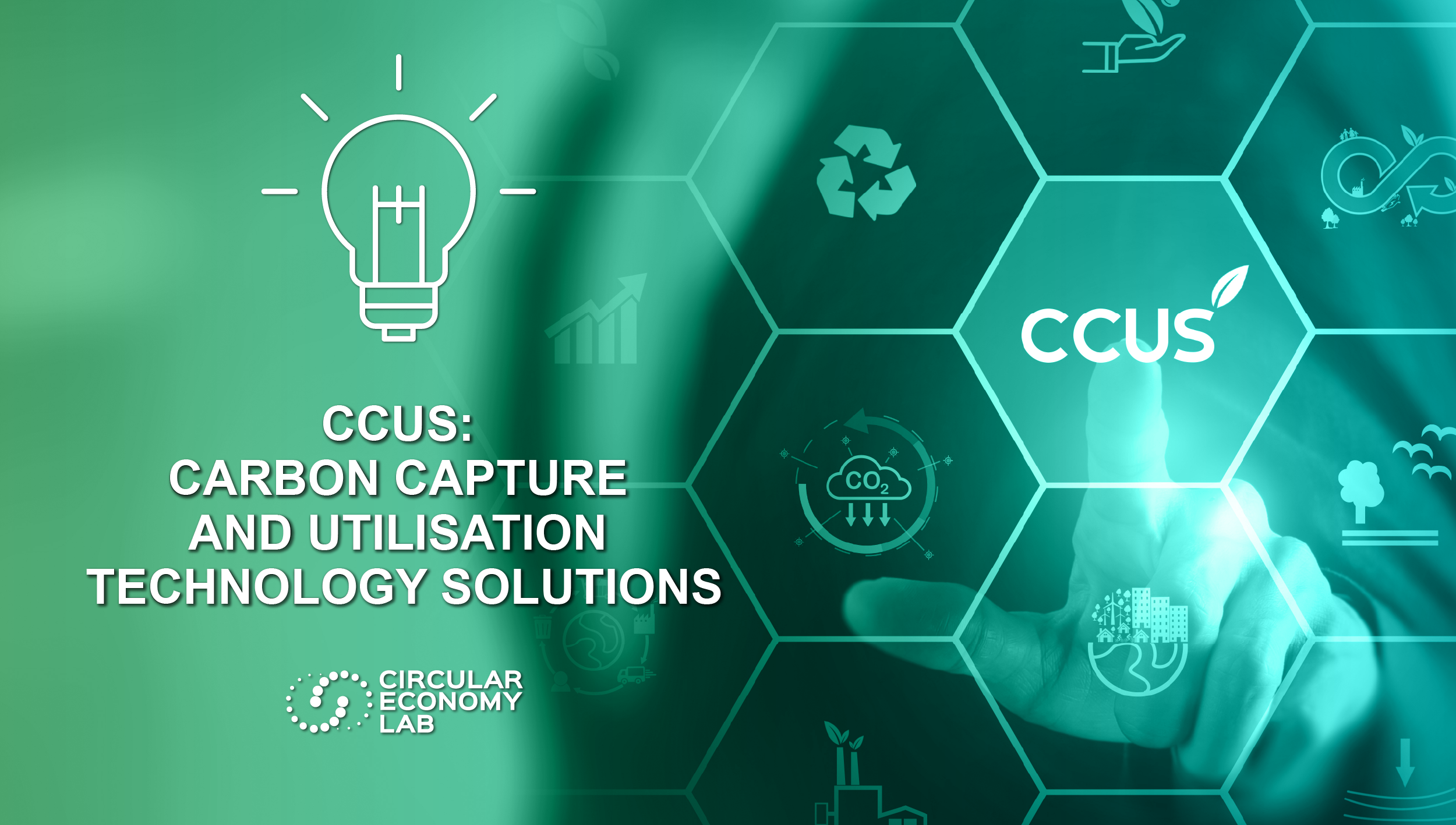
CCUS: Carbon capture, utilizations and Storage technologies
New Carbon Capture, Utilization & Storage (CCUS) technologies continue to play a crucial role in achieving global decarbonization goals. Among the key sectors where these technologies are applied, transportation and industry stand out due to their high emissions and limited electrification options. Below, we provide a brief analysis of these applications.
E-FUELS AND TRANSPORTATION: A REGULATED AND COMPETITIVE FUTURE
As discussed in the previous article on the regulatory framework, Italian and European laws are setting minimum usage targets for e-fuels in the maritime and aviation sectors, with goals already established for 2030 and significant growth projections.
According to estimates, European production levels could reach 250,000 tons per year by 2030 and grow up to 40 million tons by 2050, as indicated by the [Concawe scenario](#). However, current e-fuel production technologies are expensive, costing 6–8 times more than fossil-based fuels. Economic competitiveness for e-fuels is expected to be achieved between 2040 and 2050 through lower renewable energy costs** and improved economies of scale.
A key factor for e-fuels’ success will be the location of production plants in areas with low energy costs, as renewable energy prices heavily influence production costs. Meanwhile, the aviation sector, which is unlikely to be fully electrified or rely entirely on biofuels, expects to cover 70% of its fuel needs by 2050 with Sustainable Aviation Fuels (SAF), approximately 300 million tons. Achieving these targets will require targeted economic incentives to support both production and large-scale adoption of these innovative fuels
An interesting solution in this field is offered by Synhelion a spin-off of the Zurich Polytechnic Institute, which has developed a solar-thermal process for producing synthetic fuels without electricity. Their Sun-to-Liquid fuel uses only CO₂, water, and solar energy, effectively closing the CO₂ cycle. SWISS will be the first airline to adopt this technology.
INDUSTRIAL APPLICATIONS OF CO₂: CHEMICALS AND CONSTRUCTION
Beyond the transport sector, the chemical industry serves as an excellent testing ground for experimenting with and validating CO₂-derived production and distribution models.
This sector presents numerous opportunities for carbon utilization, particularly in polymers and chemical additives. However, using CO₂ in these areas requires high purity and sophisticated production processes, which could delay large-scale implementation. Industrial partnerships will be essential to developing efficient catalytic technologies and ensuring these products' economic competitiveness.
A notable example is Carbon Recycling International (CRI), an Icelandic company specializing in converting CO₂ directly into methanol using a catalytic process. In 2022, CRI launched a plant in China with a production capacity of 110,000 tons per year and plans to expand to Norway by 2025, using a method that reduces emissions by 94% compared to traditional methanol production
In the construction sector, CO₂ utilization through carbonation processes represents one of the most mature technologies. Permanent CO₂ storage in building materials such as concrete provides both emission reduction benefits and better public perception compared to other CCUS technologies. However, large-scale implementation of these solutions in Italy* faces challenges due to an incomplete regulatory framework and technological barriers, including transport costs and operational conditions for demolition materials.
A crucial element for ensuring the sustainability of these applications will be the adoption of Life Cycle Assessments (LCA) to evaluate the actual net environmental impact of using CO₂ in construction materials. Additionally, collaboration with the cement sector could accelerate the deployment of these technologies, following the example of the United States, where such applications are more advanced.
Carbon8, for instance, utilizes a technology called Accelerated Carbonation Technology (ACT) to mineralize CO₂ and produce sustainable building materials from industrial residues such as cement dust and steel slags.
OTHER APPLICATIONS OF CO₂: BIOGAS, FOOD, AND POLYMERS
Biogas production via anaerobic digestion offers another promising opportunity for CO₂ utilization. Through membrane separation processes, high-purity CO₂ can be obtained, suitable for industries such as food & beverage, which already possess high technological readiness. These applications can replace traditional processes, further reducing the environmental impact of established sectors.
NovoNutrients, founded in 2017, transforms industrial CO₂ into single-cell proteins for aquaculture by leveraging hydrogen and microbial fermentation. Their goal is to reduce greenhouse gas emissions and create new sustainable protein sources.
In the chemical sector, interest in traditional products like urea remains high, particularly given the potential for developing innovative enzymatic solutions for its production. In the polymers sector, using CO₂ to produce polyols for adhesives, sealants, and polyurethane foams will depend on the ability to form industrial partnerships and improve catalytic system efficiency. Finally, carbon additives represent an underdeveloped but highly promising area for creating alternative production chains.
Bergen Carbon Solutions, a Norwegian company, converts CO₂ into graphite and carbon nanotubes through an electrolysis process. Focused on producing materials for batteries, it has the potential to reduce global CO₂ emissions by over 21 million tons.
TOWARD AN INTEGRATED ECOSYSTEM FOR CCUS AND E-FUELS
The success of CCUS technologies and the large-scale adoption of e-fuels will heavily depend on the ability to build an innovation ecosystem that brings together public and private stakeholders. Italian and European regulations provide a promising foundation, but strengthening economic incentives and forming strategic partnerships will be essential to overcoming current technological and cost barriers.
The chemical and construction industries can serve as innovation laboratories, developing solutions that enhance CO₂ utilization, while transport—particularly maritime and aviation —represents the most urgent testing ground for e-fuels' sustainability. However, the future of decarbonization also requires a concrete vision for implementing integrated hubs for CO₂ capture, storage, and utilization.
These hubs represent one of the most promising best practices for scaling CCUS technologies. Our next article will explore case studies and successful models that can pave the way for a sustainable future and ambitious decarbonization goals for 2050.